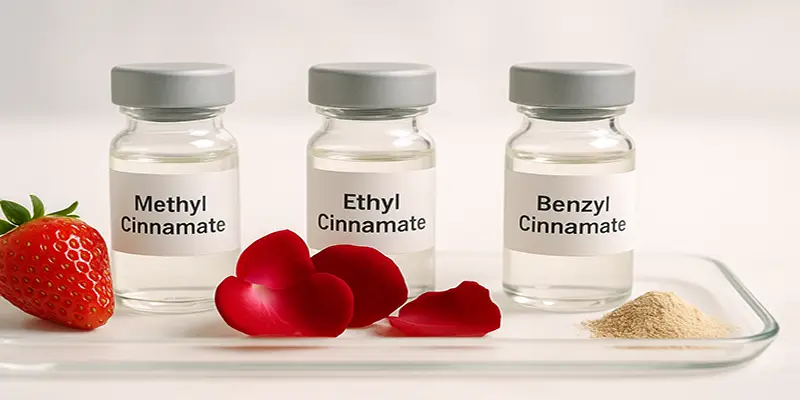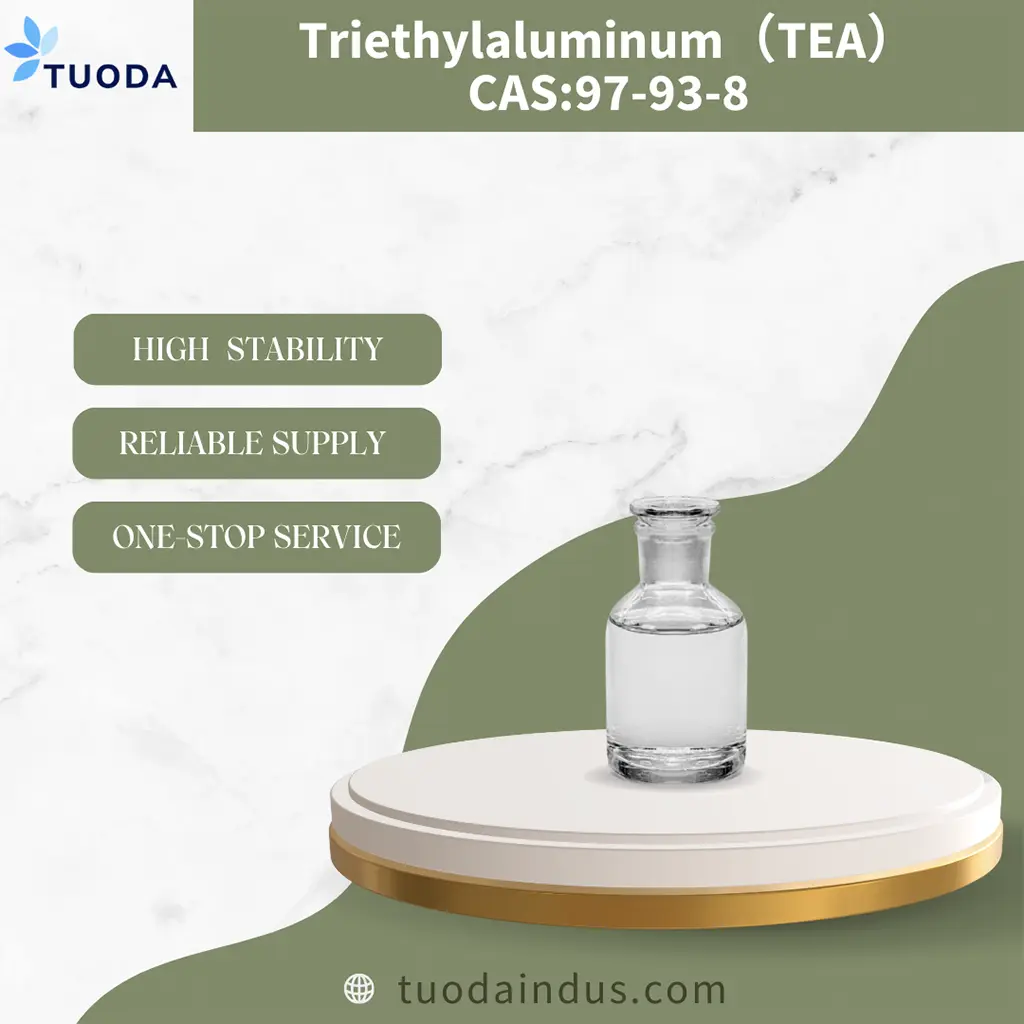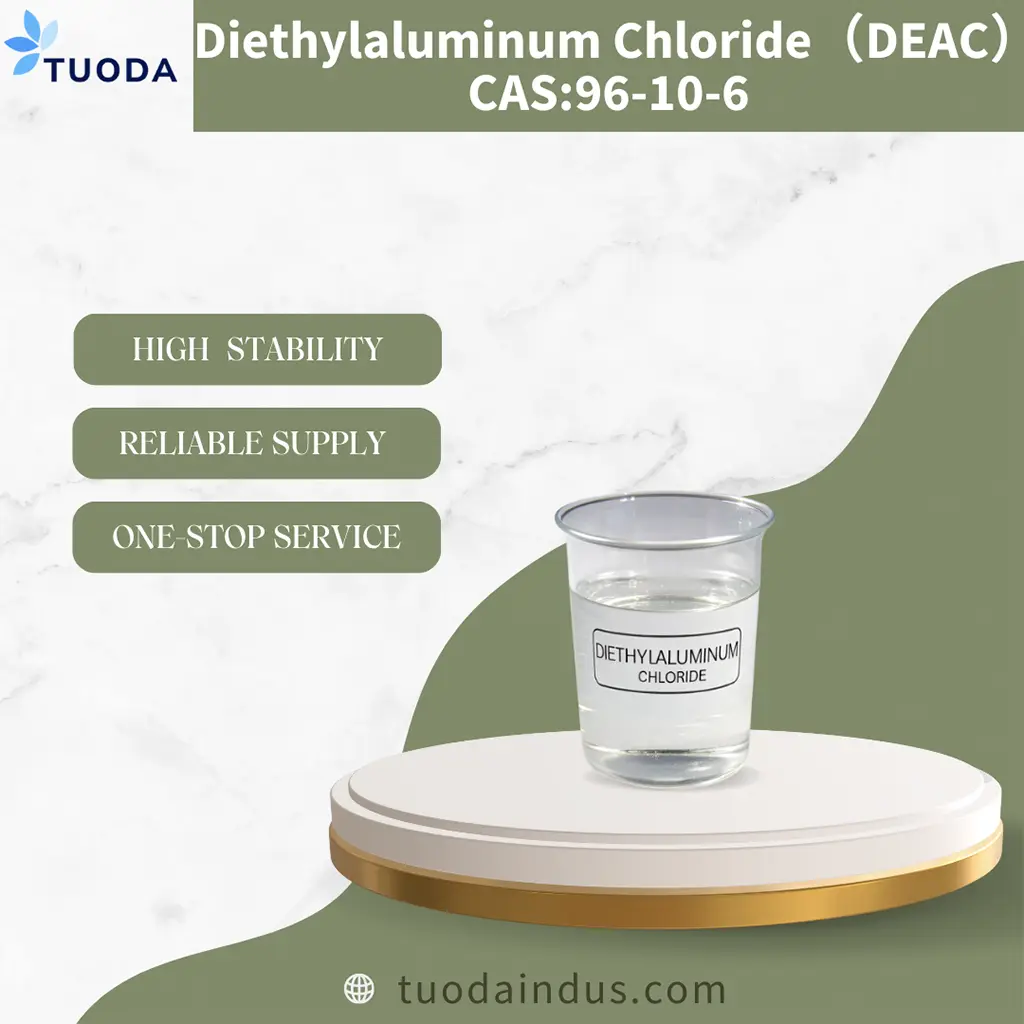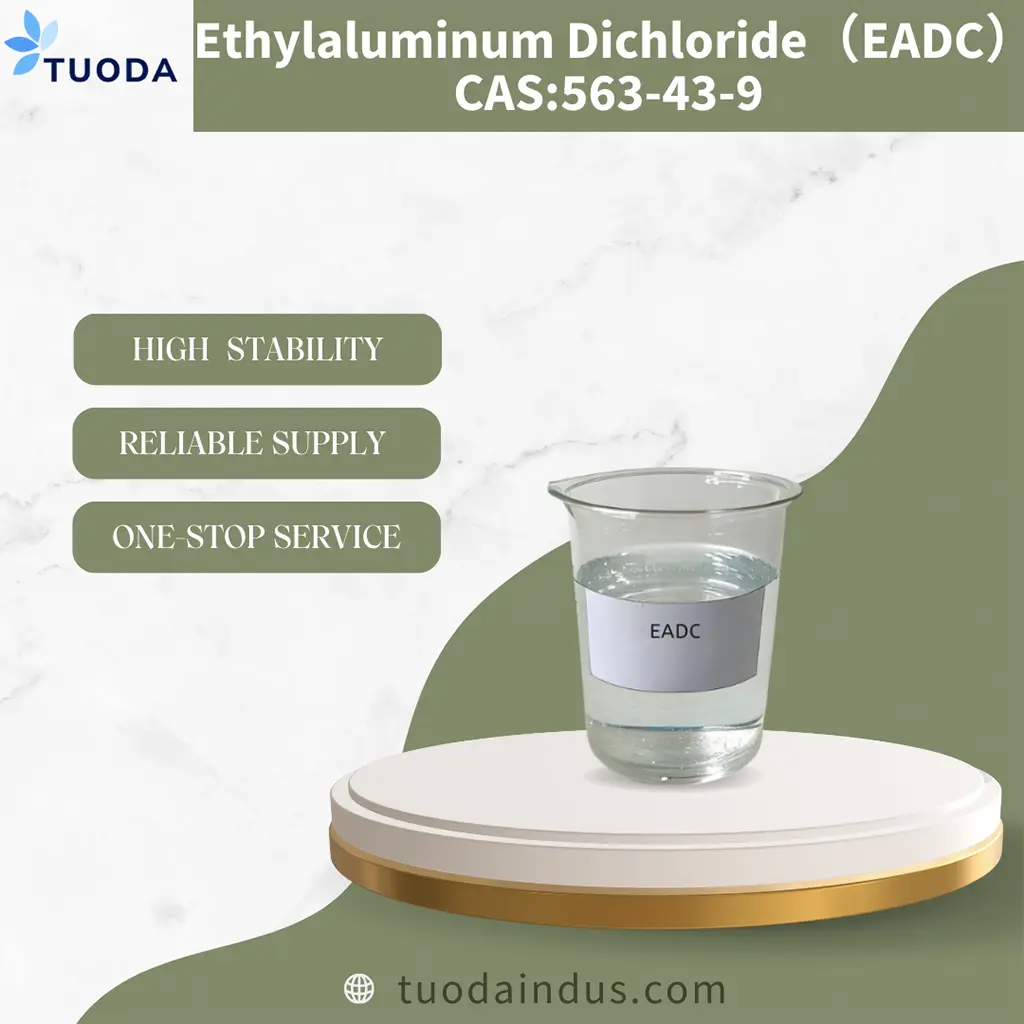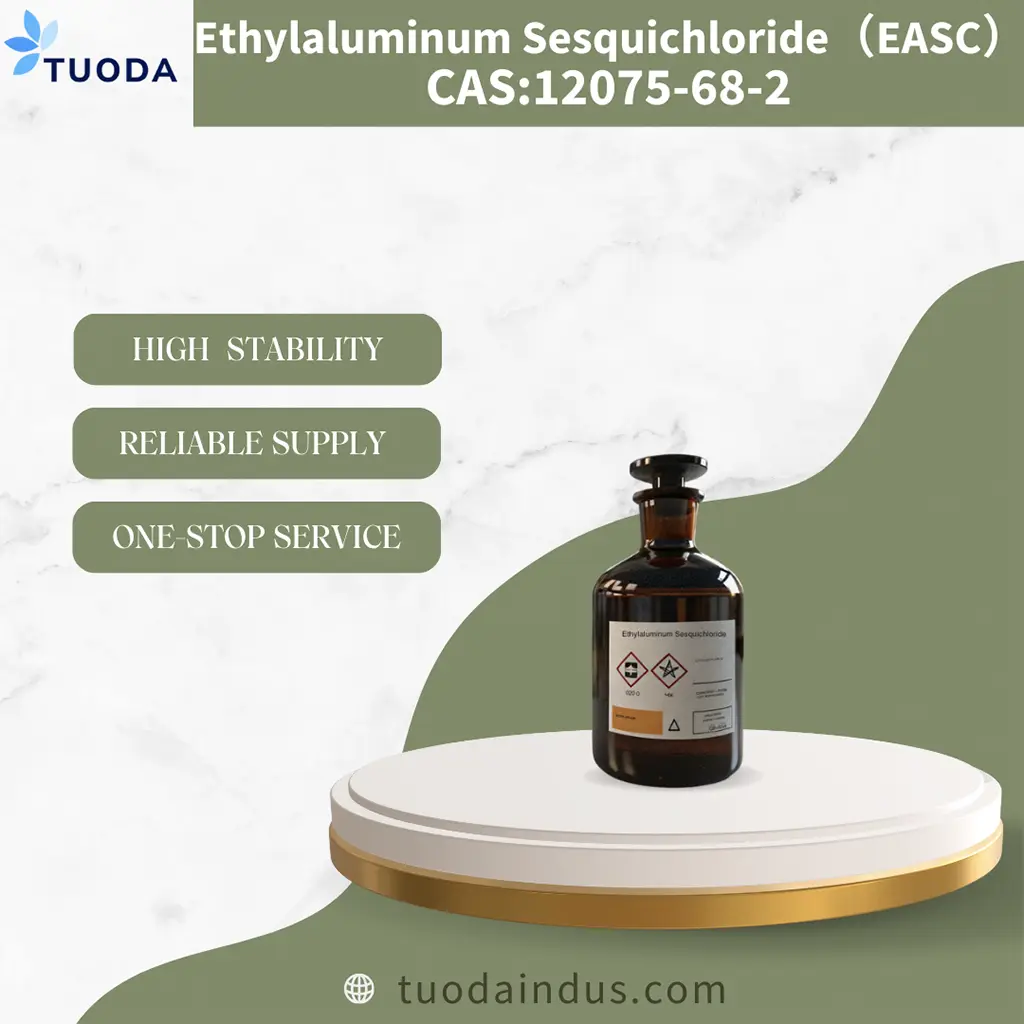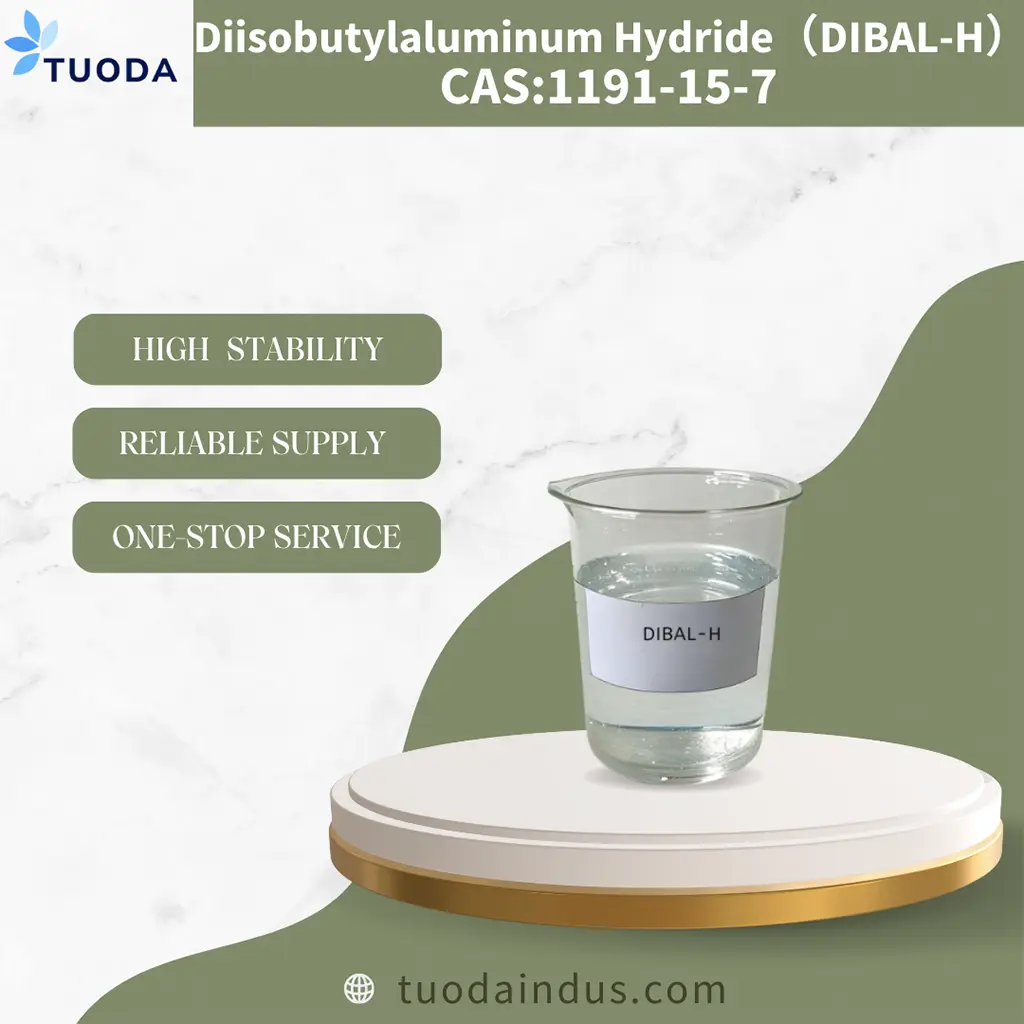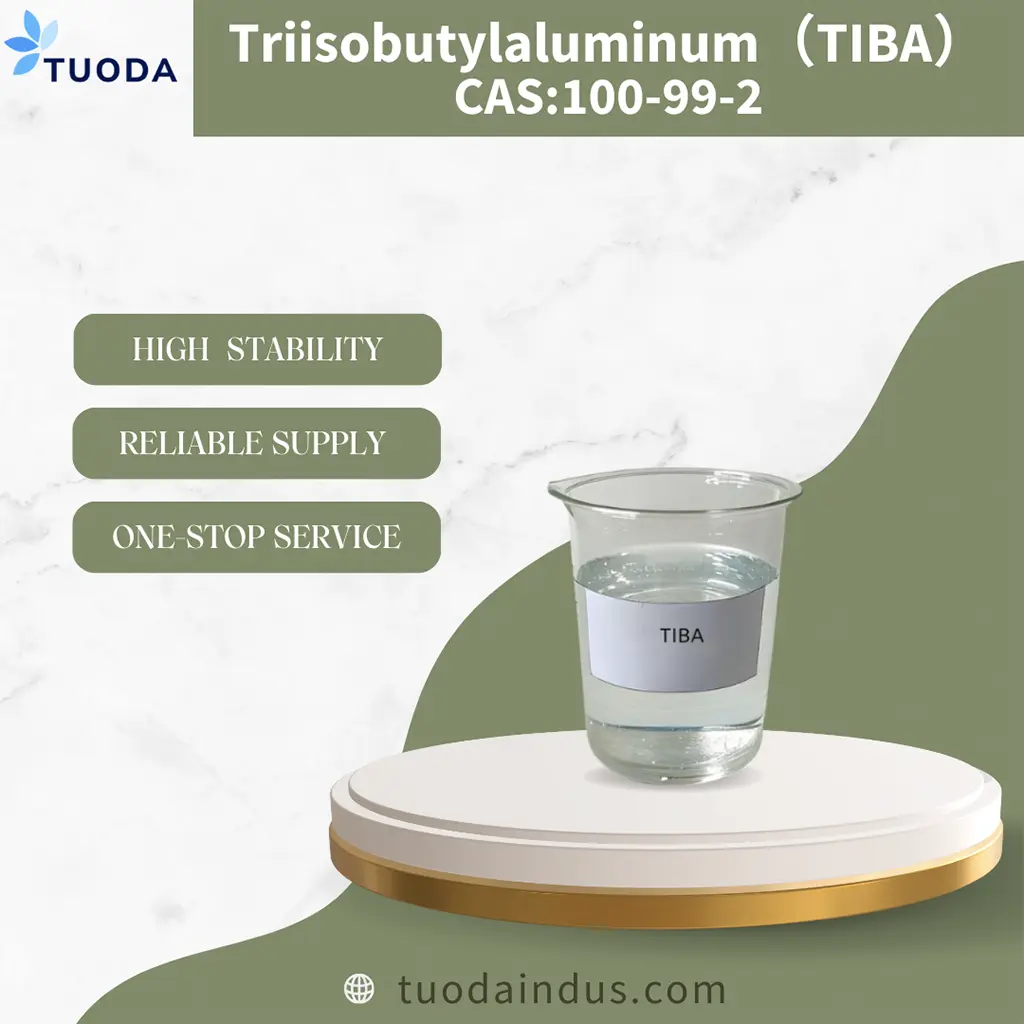We often wonder about the hidden ingredients in our everyday products. Ethyl cinnamate[^1] is one of those versatile compounds. It adds value to many industries. We will explore its diverse uses.
Ethyl cinnamate is an organic ester. It has a sweet, balsamic, and fruity odor. It is widely used in flavors, fragrances, and cosmetics. It also plays a role in pharmaceuticals. We use it as a solvent too. It has emerging uses in biomedical imaging.
Applications of Ethyl Cinnamate in the Flavor and Fragrance Industry?
Do you know what makes many perfumes and foods smell and taste so good? Ethyl cinnamate is a key player. It is highly valued for its unique aromatic profile[^2]. This profile blends sweet, fruity, and balsamic notes. We use it widely in both flavor and fragrance products.
Ethyl cinnamate provides a warm, floral-balsamic scent in perfumes. It adds a fruity, sweet taste in food flavors. It helps create complex and appealing sensory experiences for consumers. It is a stable and versatile ingredient for formulators.
Its Role in Creating Sensory Experiences
In the fragrance industry, ethyl cinnamate is a popular ingredient. We use it in many perfume types. This includes oriental, floral, and woody scents. It works as a fixative. This means it helps other volatile notes last longer. Its sweet, warm, and slightly spicy aroma blends well with many other compounds. For example, we often combine it with vanilla, amber, or rose notes. This creates rich and inviting fragrances. We also find it in soaps, detergents, and air fresheners. Its stability ensures the scent remains consistent over time. We focus on providing high-purity ethyl cinnamate. This ensures optimal performance in these delicate formulations. Our commitment to quality helps our clients create top-tier products. This supports a wide range of consumer goods.
In the flavor industry, ethyl cinnamate adds fruity and balsamic notes. We use it in beverages, confectionery, and baked goods. It enhances the taste of cherry, grape, strawberry, and other fruit flavors. It can also give a warm, spicy undertone. This makes it useful in cinnamon or vanilla profiles. Its low volatility means the flavor remains stable during processing. This is important for product consistency. Our clients in the food industry rely on us for consistent quality. We ensure our ethyl cinnamate meets strict food-grade standards. We also offer detailed documentation. This includes COA and MSDS. This helps our clients meet regulatory requirements. They can then deliver safe and tasty products to market.
Here is a quick look at some common applications:
| Application Industry | Specific Product Categories | Provided Aroma/Flavor Characteristics |
|---|---|---|
| Fragrance | Perfumes, Colognes | Warm, floral-balsamic, sweet, slightly spicy |
| Soaps, Shampoos, Air Fresheners | Soft sweetness, lasting fragrance | |
| Flavor | Baked Goods, Confectionery | Rich fruit notes (cherry, grape, strawberry), warm undertones of cinnamon/vanilla |
| Beverages, Dairy Products | Enhances overall flavor, adds a sweet quality |
How Ethyl Cinnamate Enhances Cosmetic Formulations?
Have you ever wondered what gives cosmetics their pleasant scent or smooth feel? Ethyl cinnamate often contributes to these qualities. It offers both aromatic and functional benefits to cosmetic products. We find it in various personal care items.
Ethyl cinnamate adds a pleasant fragrance to cosmetics. It also acts as a solvent and a UV absorber[^3]. This helps protect formulas from light degradation. We use it to improve the overall stability and sensory appeal of products.
Beyond Fragrance in Personal Care
While known for its scent, ethyl cinnamate offers more to cosmetic formulations. We use it for its UV-absorbing properties. It can help protect the product itself from UV light. This prevents color fading or degradation of sensitive ingredients. It is not typically used as a primary sunscreen agent for skin protection. Rather, it is a photo-stabilizer for the formulation. Also, it acts as a solvent. This helps dissolve other ingredients. This creates a clear and stable product. This is crucial for products like nail polishes, lotions, and creams. Its low volatility also means it stays in the product. This ensures consistent performance over time. We supply high-purity ethyl cinnamate for cosmetic use. Our product ensures it integrates well into complex formulations. This supports our clients in creating stable and effective personal care items. We provide full documentation. This includes regulatory certificates. This helps ensure compliance for global markets.
Ethyl cinnamate can also help with the texture and feel of cosmetics. It can modify viscosity. This influences how a product feels on the skin. For example, in a lotion, it might contribute to a smoother spread. In hair products, it might aid in even distribution. We work closely with formulators to understand their specific needs. Our technical team ensures our product meets these demands. We know that consistency is key for cosmetic manufacturers. Therefore, we ensure a stable supply. We also offer low-MOQ support for sampling. This allows our clients to test our product in their formulations. This helps them achieve the desired sensory experience and stability. We are committed to supporting innovation in the cosmetics industry.
Role of Ethyl Cinnamate in Pharmaceutical Intermediate Synthesis?
Do you know how complex molecules are built in the pharmaceutical industry? Often, simple compounds play crucial roles. Ethyl cinnamate is one such compound. It serves as a valuable building block in synthesizing various drug intermediates.
Ethyl cinnamate is a versatile chemical. We use it as a key intermediate in organic synthesis. It helps create more complex pharmaceutical compounds. Its specific chemical structure makes it useful for various reactions. We value its reactivity and stability in these processes.
A Key Building Block in Drug Development
In the pharmaceutical industry, synthesizing complex drug molecules requires precise steps. Ethyl cinnamate is important as a starting material or an intermediate. Its chemical structure, with both an ester group and a double bond, allows for diverse reactions. We use it in pathways to create various active pharmaceutical ingredients (APIs) or their precursors. For instance, it can undergo hydrogenation to form ethyl dihydrocinnamate. This compound is also a useful intermediate. It can also participate in condensation reactions or additions across its double bond. These reactions build larger, more intricate molecules needed for new drugs. We understand the critical need for purity in pharmaceutical intermediates[^4]. Our GMP-compliant production bases ensure that our ethyl cinnamate meets the highest quality standards. This is vital for drug safety and efficacy. We also offer detailed analytical reports. These include purity assays and impurity profiles. This provides confidence to our pharmaceutical clients.
The use of ethyl cinnamate helps in creating novel drug candidates. Researchers are always looking for new ways to synthesize complex molecules more efficiently. Ethyl cinnamate can be a key part of these new synthesis routes. For example, it might be involved in the synthesis of compounds with anti-inflammatory properties or other therapeutic effects. Its availability and consistent quality are important for research and development. We focus on providing a stable supply. This ensures our clients can continue their work without interruption. We also understand the regulatory demands of the pharmaceutical sector. We provide full export documentation and certificates. This includes quality management system certifications. This helps our clients navigate the complex regulatory landscape. Our goal is to be a reliable partner in the pharmaceutical supply chain.
Is Ethyl Cinnamate Suitable for Use in Food Additives?
Have you ever checked the ingredient list on your food products? You might find various flavor enhancers. Ethyl cinnamate is sometimes used as a food additive. We need to understand its role and safety in food applications.
Ethyl cinnamate is approved for use as a flavoring agent in many regions. It adds a fruity or balsamic note to food and beverages. Regulatory bodies assess its safety for human consumption. We ensure our product meets all necessary food-grade standards and regulations.
Regulatory Approval and Application in Food
The suitability of ethyl cinnamate in food additives[^5] is mainly about its safety profile and regulatory approvals. We find it listed as a flavoring substance by various international bodies. This includes the Flavor and Extract Manufacturers Association (FEMA) in the U.S. and the European Food Safety Authority (EFSA). These organizations evaluate its potential toxicity and exposure levels. Their assessments confirm it is generally recognized as safe (GRAS) for use in specific food categories and at certain concentrations. For example, it is used in baked goods, confectionery, non-alcoholic beverages, and dairy products. It provides a sweet, fruity, or cinnamon-like aroma. We ensure our ethyl cinnamate for food applications is produced to meet strict food-grade specifications. This includes purity levels and absence of contaminants. Our quality control processes are rigorous. This gives our clients confidence in our product’s safety and compliance. We provide full Certificates of Analysis (COA) for all batches. This supports our clients’ quality assurance needs.
While approved, the usage levels are strictly controlled. This ensures consumer safety. Manufacturers must follow these guidelines. Overuse is not permitted. The pleasant aroma and taste profile of ethyl cinnamate make it a valuable tool for food formulators. It helps create appealing products. For instance, it can enhance the natural fruit flavors in a juice or add a warm note to a dessert. We understand the importance of reliable supply for the food industry. We offer consistent product availability. We also provide all necessary regulatory documentation. This includes compliance with international food safety standards. Our aim is to support food manufacturers in delivering high-quality and safe products to consumers worldwide. We work with clients to provide the right product for their specific food applications.
Ethyl Cinnamate as a Solvent and Carrier in Specialty Chemicals?
Have you thought about how different chemicals are blended or delivered in various industrial processes? Solvents and carriers are essential for this. Ethyl cinnamate can play this role in specialty chemical applications. We see it used in various formulations.
Ethyl cinnamate has good solvent properties. This means it can dissolve other substances well. It also has low volatility. This makes it a useful carrier for active ingredients. We use it in specialty chemical applications where a stable, effective medium is needed.
Functional Properties in Diverse Industrial Applications
Ethyl cinnamate’s function as a solvent and carrier in specialty chemicals is important. Its chemical structure allows it to dissolve a wide range of organic compounds. This makes it useful in different industrial formulations. For example, it can be used in some inks, coatings, or adhesives. It helps to ensure that active ingredients are evenly dispersed. This leads to a consistent and effective product. Its low evaporation rate is another advantage. This means it stays in the formulation longer. This is beneficial for products that need a sustained release or a longer working time. We produce high-quality ethyl cinnamate. This ensures it performs reliably as a solvent. Our product helps our clients achieve stable and efficient formulations. We provide technical support to help clients integrate our product into their specific processes. This ensures optimal results for them.
In some niche specialty chemical applications, ethyl cinnamate can act as a carrier. This means it helps to deliver or stabilize other sensitive chemicals. For instance, in certain pesticide formulations or industrial cleaning agents, it might serve this purpose. Its mild odor is also an advantage in some applications. This is especially true where strong solvent odors are undesirable. We are a B2B chemical supplier. We understand the unique needs of specialty chemical manufacturers. We offer flexible supply options. This includes low-MOQ support for new product development. We also ensure our ethyl cinnamate has consistent quality. This is crucial for reliable industrial processes. Our goal is to provide solutions that enhance the performance and stability of our clients’ specialty chemical products. We also provide full export documentation to ease international trade.
Emerging Applications in Optical Tissue Clearing and Biomedical Imaging?
Have you heard about new ways to see inside biological tissues without cutting them? This is a growing field. Ethyl cinnamate is finding new uses here. We are seeing its potential in advanced biomedical research and imaging techniques.
Ethyl cinnamate has properties that make tissues transparent. This is useful for microscopy and imaging. It helps researchers visualize complex biological structures in 3D. We are excited about its role in these cutting-cutting-edge scientific applications.
Aiding Visualization in Biological Research
The use of ethyl cinnamate in optical tissue clearing[^6] and biomedical imaging is a promising new area. Optical tissue clearing involves making biological tissues transparent. This allows light to pass through them. This means researchers can view deep structures using microscopy. Traditional methods often require slicing tissues, which can damage samples. Ethyl cinnamate has a refractive index similar to that of many biological components. When tissue is immersed in it, light scattering is reduced. This makes the tissue transparent. This allows for whole-organ or large-tissue imaging. Researchers can then see complex neural networks or organ structures in 3D. This provides new insights into disease mechanisms and biological development. We are keenly following these developments. Our high-purity ethyl cinnamate is suitable for these sensitive applications. We ensure our product meets the stringent quality needs of scientific research.
This technique, often paired with advanced microscopy, helps in various biomedical research areas. For example, it is used in neuroscience to map brain circuits. It is also used in cancer research to study tumor microenvironments. The ability to image intact tissues at high resolution is revolutionary. It reduces the need for destructive sectioning. This also provides more comprehensive data. Ethyl cinnamate is being explored as an alternative to other clearing agents. Researchers value its relatively low toxicity and effectiveness. We see the potential for this compound to contribute significantly to breakthroughs in biology and medicine. We are committed to supporting the scientific community. We provide reliable supply and consistent quality. This helps drive innovation in these exciting fields. We understand the importance of quality for research applications. So, we make sure our product meets precise specifications.
Comparing Ethyl Cinnamate with Methyl and Benzyl Cinnamates?
Do you know that slight chemical differences can lead to big functional variations? This is true for cinnamates. Ethyl cinnamate is just one of several related compounds. Methyl cinnamate and benzyl cinnamate are also important. We often compare them for specific applications.
These three cinnamates share a similar core structure. However, their alcohol groups differ. This leads to distinct aromatic profiles and physical properties. We consider these differences when selecting the best cinnamate for a particular use case.
Structural Differences and Functional Implications
When we compare ethyl cinnamate with methyl and benzyl cinnamates, we look at their unique characteristics. All three are esters of cinnamic acid. The difference lies in the alcohol part of the ester. Methyl cinnamate has a methyl group. Ethyl cinnamate has an ethyl group. Benzyl cinnamate has a benzyl group. These subtle structural changes lead to different smells and boiling points. Methyl cinnamate often has a sweeter, more intense, and slightly pungent balsamic aroma. It can be more volatile. Benzyl cinnamate has a heavier, more floral, and musky balsamic scent. It is less volatile. Ethyl cinnamate sits in between. It offers a balanced sweet, fruity, and balsamic profile. It has moderate volatility. This makes it versatile. We consider these differences when advising our clients. For example, a perfumer might choose methyl cinnamate for a top note. They might choose benzyl cinnamate for a base note. Ethyl cinnamate is good for heart notes or balanced blends. The choice depends on the desired scent profile and evaporation rate.
| Cinnamate | Alcohol Group | Typical Aroma Profile | Volatility (Relative) | Common Applications |
|---|---|---|---|---|
| Methyl Cinnamate | Methyl | Sweet, intensely balsamic, strawberry, slightly pungent | Higher | Fragrances (top notes), some flavors |
| Ethyl Cinnamate | Ethyl | Sweet, fruity, balsamic, warm, slightly spicy | Moderate | Fragrances (heart notes), flavors, cosmetics, pharma intermediates |
| Benzyl Cinnamate | Benzyl | Floral, musky, heavy balsamic, powdery | Lower | Fragrances (base notes, fixative), traditional perfumery |
The physical properties also differ. This includes boiling points and solubility. These properties affect how they behave in formulations. For example, methyl cinnamate has a lower boiling point. This means it evaporates faster. Benzyl cinnamate has a higher boiling point. This means it lasts longer. Ethyl cinnamate falls in the middle. We understand these nuances are critical for formulators. Our expertise in fine chemicals allows us to offer precise solutions. We help our clients choose the right cinnamate derivative for their specific needs. We ensure consistent quality across all our cinnamate offerings. This supports their product development and manufacturing processes. We are happy to discuss the technical details further with our clients.
Safety, Regulatory Status, and REACH Compliance of Ethyl Cinnamate?
Do you worry about the safety of chemicals in your products? We understand that. Regulatory compliance is crucial for any chemical ingredient. Ethyl cinnamate is no exception. We must ensure it meets all safety and regulatory standards.
Ethyl cinnamate is generally considered safe when used as intended. Various global regulations govern its use. We prioritize full compliance with these rules. This includes important frameworks like REACH in Europe. We ensure our product meets all necessary safety and documentation requirements.
Navigating Global Chemical Regulations
Ensuring the safety and regulatory status of ethyl cinnamate is a top priority for us. It is evaluated by bodies like the European Chemicals Agency (ECHA), the U.S. Environmental Protection Agency (EPA), and other national health authorities. These agencies assess its potential risks to human health and the environment. Based on these assessments, ethyl cinnamate is generally deemed safe for its approved uses at specified concentrations. This includes its use in flavors, fragrances, and cosmetics. For instance, in the EU, it is listed in the Cosmetics Regulation and is subject to REACH (Registration, Evaluation, Authorisation and Restriction of Chemicals). We ensure our ethyl cinnamate is fully registered and compliant under REACH. This means we provide detailed safety data sheets (MSDS) and ensure all necessary hazard classifications are communicated. Our commitment to compliance helps our clients confidently use our product in their European markets. We also provide support for other regional regulations, like those in the U.S. and Asia. Our goal is to make sure our clients have all the necessary documentation for global trade.
We actively monitor changes in global chemical regulations. This ensures that our products remain compliant. For example, new restrictions or updated classifications can impact product use. We stay informed and update our documentation accordingly. Our quality control processes also include testing to confirm purity and ensure the absence of restricted substances. This provides an additional layer of safety assurance. We understand that procurement directors like David Ahmad value comprehensive documentation and supplier reliability. We provide full certificates, including COA, MSDS, and specific regulatory statements. This helps our clients meet their internal compliance requirements and external audit needs. Our dedication to safety and regulatory adherence is a core part of our business. It gives our clients peace of mind. We aim to be a trusted supplier that prioritizes responsible chemical management.
Why Ethyl Cinnamate Is a Preferred Choice for Natural-Based Formulations?
Are you looking for ingredients that fit natural and clean label product trends? Many consumers prefer natural-based formulations. Ethyl cinnamate can be a good choice for these products. We find it aligns well with this growing market demand.
Ethyl cinnamate can be derived from natural sources. This makes it appealing for natural-based products. It offers desirable sensory qualities without being purely synthetic. We see it as a valuable ingredient for formulators aiming for a more natural product line.
Bridging the Gap Between Nature and Functionality
Ethyl cinnamate is often a preferred choice for natural-based formulations because it can be found naturally. It occurs in essential oils like cinnamon oil and balsam Peru. While it can be synthesized chemically, its natural occurrence makes it attractive for brands aiming for "natural origin" claims. This is important for "clean label" trends. Consumers are increasingly looking for products with ingredients they recognize or perceive as natural. Ethyl cinnamate offers a way to achieve appealing sensory profiles (sweet, fruity, balsamic) that mimic natural scents and flavors. It does this without relying solely on fully synthetic compounds. We understand this market shift. We ensure our ethyl cinnamate meets high purity standards. This is essential whether it’s sourced or synthesized. Our quality allows it to integrate seamlessly into natural-leaning products. We can provide documentation supporting its natural origin status if applicable for specific batches or synthesis routes. This helps our clients meet their marketing and regulatory requirements.
The versatility of ethyl cinnamate also makes it suitable for many natural-inspired products. For example, in natural perfumes or body care items, it can provide a warm, inviting aroma. In natural food flavors, it can enhance fruit notes. Its stability, as discussed before, is also a plus. Natural ingredients can sometimes be less stable. Ethyl cinnamate can help maintain the integrity of the overall formulation. We work with clients to ensure they get the right product for their specific natural formulation needs. We recognize the importance of providing high-quality ingredients that support market trends. Our commitment to stable supply and full export documentation helps clients develop and launch natural-based products effectively. We are proud to support the development of more sustainable and consumer-friendly product lines. This helps our clients respond to the evolving preferences of modern consumers.
We are dedicated to being a reliable partner. We provide high-quality chemicals like ethyl cinnamate. We support diverse industries with our products and expertise.
Conclusion
Ethyl cinnamate is a versatile chemical. We use it in flavors, fragrances, cosmetics, and pharmaceuticals. It is a key solvent, carrier, and research tool. We ensure its safety and compliance.
[^1]: Explore how Ethyl cinnamate enhances flavors and fragrances, making products more appealing and enjoyable for consumers.
[^2]: Learn about the unique aromatic profile of Ethyl cinnamate and its significance in creating captivating perfumes.
[^3]: Discover how Ethyl cinnamate acts as a UV absorber, enhancing the stability and longevity of cosmetic products.
[^4]: Learn about pharmaceutical intermediates and their critical role in the synthesis of active pharmaceutical ingredients.
[^5]: Discover the safety and regulatory status of Ethyl cinnamate as a food additive and its applications in flavoring.
[^6]: Learn about optical tissue clearing, a groundbreaking technique that allows researchers to visualize biological tissues in 3D without slicing.




